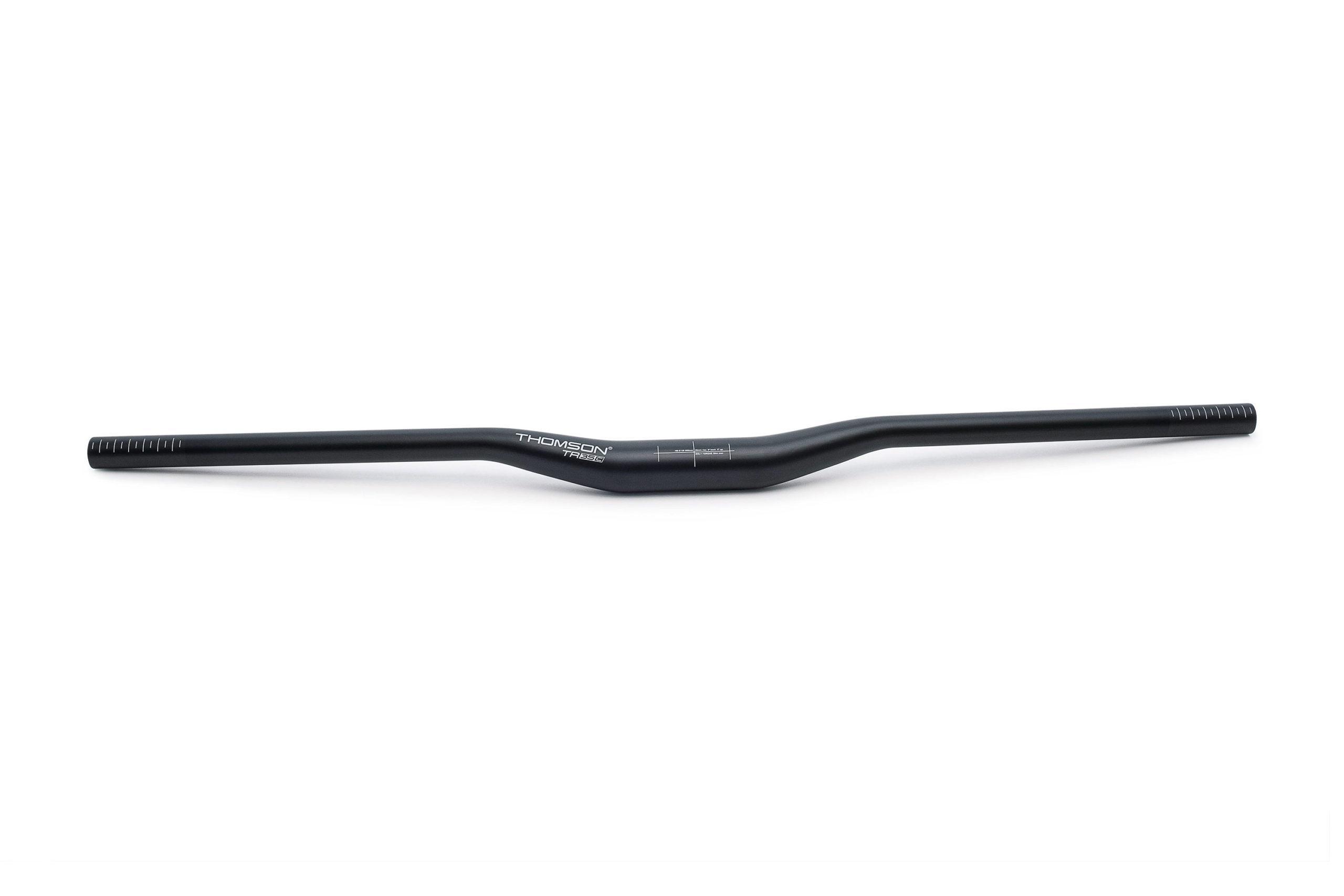Carbon Handlebars 101: Debunking Myths for New Cyclists.
Understanding Carbon Handlebars
carbon handlebars are increasingly popular among cyclists for a variety of reasons, ranging from weight savings to shock absorption. But what are they really made of, and how do they stack up against traditional aluminum handlebars? let’s dive into the details.
What Are Carbon Handlebars?
Carbon handlebars are made from carbon fiber, a material known for its high strength-to-weight ratio. This makes them lighter than aluminum or steel handlebars while offering a level of stiffness that enhances performance. They come in various designs tailored to road biking, mountain biking, and even gravel riding.
Benefits of Carbon Handlebars
There are several notable benefits to choosing carbon handlebars:
- Weight savings: Carbon handlebars are considerably lighter than their aluminum counterparts,making them ideal for performance-focused cyclists.
- Vibration Dampening: Carbon has the ability to absorb road vibrations, resulting in a smoother ride, especially on rough terrains.
- Aerodynamic design: Carbon handlebars are often designed for aerodynamics,which can improve overall bike performance.
- Customization: Many manufacturers offer carbon handlebars in various shapes and sizes, allowing for better fit and comfort.
Common Myths About Carbon Handlebars
New cyclists often encounter myths surrounding carbon handlebars. here are some common misconceptions debunked:
Myth 1: Carbon Handlebars Are Fragile
One of the biggest myths is that carbon fiber is weak. While improper handling can lead to damage,when used correctly,carbon handlebars are quite durable. Case Study: Professional cycling teams have been using carbon handlebars in competitions for years without facing significant issues.
Myth 2: They Are Too Expensive
while it’s true that carbon handlebars are generally more expensive than aluminum, their longevity and performance can justify the investment. For serious cyclists, the performance benefits often outweigh the initial cost.
Myth 3: Carbon Handlebars Provide No Feedback
Some new cyclists believe that carbon absorbs all feedback from the road. In reality, carbon handlebars offer a balance of vibration dampening with a sufficient level of feedback, crucial for race situations and technical trails.
Practical Tips for New Cyclists
Transitioning to carbon handlebars? Here are some practical tips to consider:
- Proper Installation: make sure you use the correct torque settings during installation. Over-tightening can lead to damage.
- Regular Inspections: Check your handlebars regularly for signs of wear or damage, especially if they are used in off-road conditions.
- Choose a Reliable Brand: Invest in well-known brands with a reputation for quality to ensure you’re getting a durable product.
First-Hand Experiences
Hearing from fellow cyclists can provide additional insights. Here are a few testimonials:
“switching to carbon handlebars was a game-changer for me. The weight difference was noticeable, and the comfort on long rides improved dramatically!” - Jake R., Road Cyclist
“I was skeptical about spending more on carbon but after using them, I can say they’re worth every penny for the performance boost.” – Sarah L.,Mountain Biker
Comparing Carbon and Aluminum Handlebars
Understanding the differences between carbon and aluminum handlebars can definitely help you make an informed choice. Here’s a speedy comparison:
| Feature | Carbon Handlebars | Aluminum Handlebars |
|---|---|---|
| Weight | Lightweight | Heavier |
| Vibration dampening | Excellent | Fair |
| Durability | Very Durable* | Very Durable |
| Price | Higher | Lower |
| Aerodynamic | Highly Aerodynamic | Moderately Aerodynamic |
*Durability is highly dependent on usage and maintenance.
Conclusion: Why Choosing the Right Handlebar Matters
Understanding carbon handlebars equips new cyclists with the knowledge they need to make informed decisions. Whether you’re looking for performance enhancements or comfort on long rides, knowing the facts can streamline your cycling experience.

